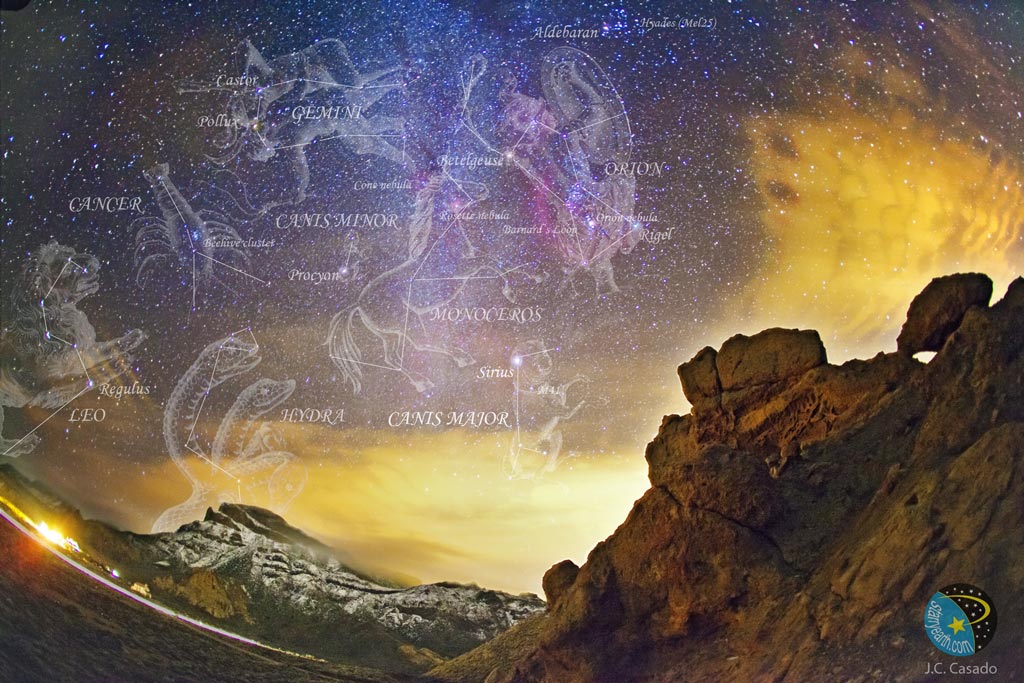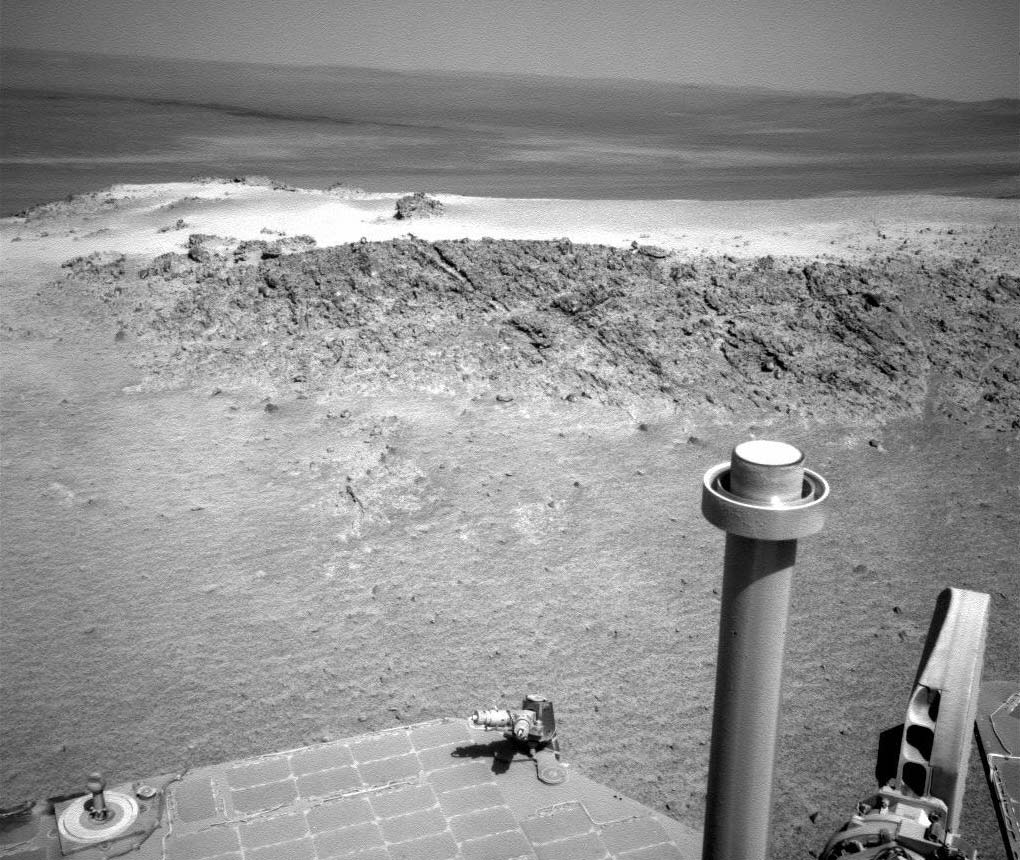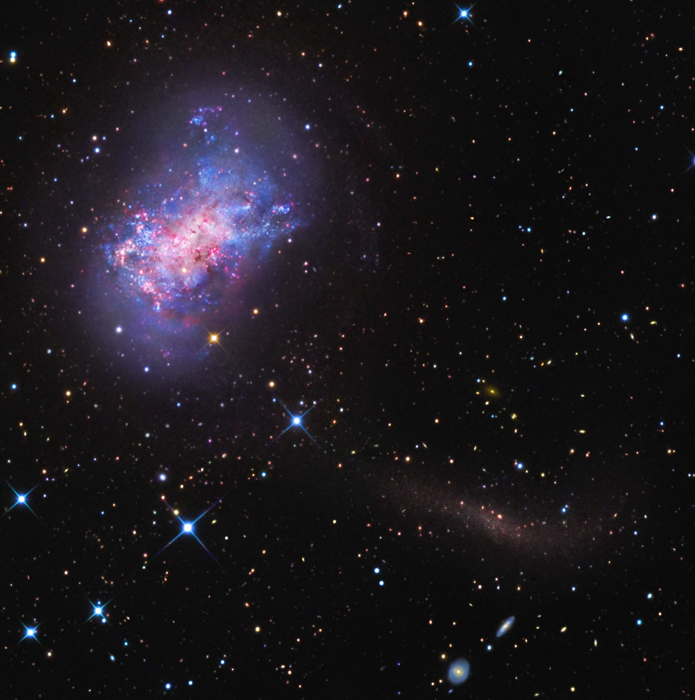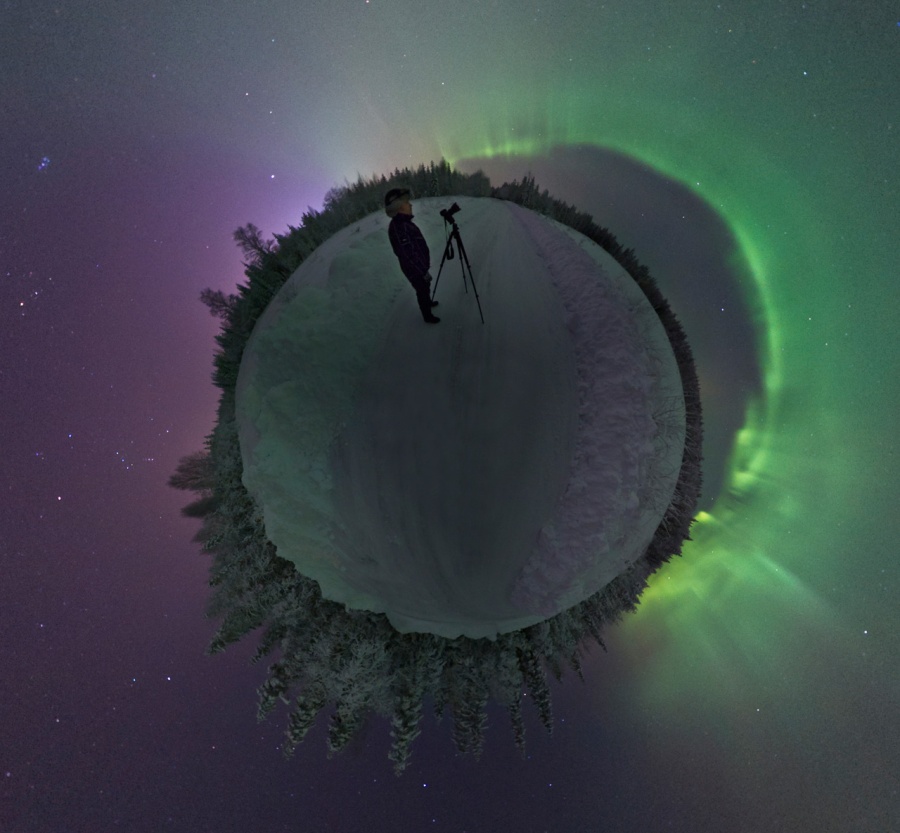Please vote for the TWO best Astronomy Pictures of the Day (image and text) of January 22-28, 2012.
(Repeated APODs are not included in the poll.)
All titles are clickable and link to the original APOD page.
We ask for your help in choosing an APOW as this helps Jerry and Robert create "year in APOD images" review lectures, create APOM and APOY polls that can be used to create a free PDF calendar at year's end, and provides feedback on which images and APODs were relatively well received. You can select two top images for the week.
We are very interested in why you selected the APODs you voted for, and enthusiastically welcome your telling us why by responding to this thread.
Thank you!
_______________________________________________________________
<- Previous week's poll
Image Credit & Copyright: Juan Carlos Casado (TWAN)
What's that in the sky? An aurora. A large coronal mass ejection occurred on our Sun five days ago, throwing a cloud of fast moving electrons, protons, and ions toward the Earth. Although most of this cloud passed above the Earth, some of it impacted our Earth's magnetosphere and resulted in spectacular auroras being seen at high northern latitudes. Pictured above is a particularly photogenic auroral corona captured last night above Grotfjord, Norway. To some, this shimmering green glow of recombining atmospheric oxygen might appear as a large eagle, but feel free to share what it looks like to you. This round of solar activity is not yet over -- a new and even more powerful solar flare occurred yesterday that might provide more amazing aurora as soon as tonight.
Where on Mars should you spend the winter? As winter approached in the southern hemisphere of Mars last November, the Opportunity rover had just this problem -- it needed a place to go. The reduced amount of sunlight impacting Opportunity's solar panels combined with the extra power needed to keep equipment warm could drain Opportunity's batteries. Therefore Opportunity was instructed to climb onto the 15 degree incline of Greeley's Haven, shown as the rocky slope ahead. The incline increased power input as Opportunity's solar panels now have greater exposure to sunlight, while also giving the rolling robot some interesting landscape to explore. Visible in the distance, beyond Greeley Haven, lies expansive Endeavour Crater, the ancient impact basin that Opportunity will continue exploring as the Martian winter concludes in a few months, if it survives.
Image Credit & Copyright: R Jay Gabany (Blackbird Obs.),
Insert: Subaru/Suprime-Cam (NAOJ), Collaboration: David Martinez-Delgado (MPIA, IAC), et al.
Insert: Subaru/Suprime-Cam (NAOJ), Collaboration: David Martinez-Delgado (MPIA, IAC), et al.
About 40,000 light-years across, pretty, irregular galaxy NGC 3239 lies near the center of this lovely field of galaxies in the galaxy rich constellation Leo. At a distance of only 25 million light-years it dominates the frame, sporting a peculiar arrangement of structures, young blue star clusters and star forming regions, suggesting that NGC 3239 (aka Arp 263) is the result of a galaxy merger. Appearing nearly on top of the pretty galaxy is a bright, spiky, foreground star, a nearby member of our own Milky Way galaxy almost directly along our line-of-sight to NGC 3239. Still, NGC 3239 is notable for hosting this year's first confirmed supernova, designated SN 2012A. It was discovered early this month by supernova hunters Bob Moore, Jack Newton, and Tim Puckett. Indicated in a cropped version of the wider image, SN 2012A is just below and right of the bright foreground star. Of course, based on the light-travel time to NGC 3239, the supernova explosion itself occurred 25 million years ago, triggered by the core collapse of a massive star.
Illuminated by an eerie greenish light, this remarkable little planet is covered with ice and snow and ringed by tall pine trees. Of course, this little planet is actually planet Earth, and the surrounding stars are above the horizon near Östersund, Sweden. The pale greenish illumination is from a curtain of shimmering Aurora Borealis also known as the Northern Lights. The display was triggered when a giant solar coronal mass ejection (CME) rocked planet Earth's magnetosphere on January 24th and produced a strong geomagnetic storm. Northern hemisphere skygazers will also recognize the familiar orientation of stars at the left, including the Pleiades and Hyades star clusters and the stars of Orion. Increasing solar activity has caused recent auroral displays to be wide spread, including Aurora Australis, the Southern Lights, at high southern latitudes.
<- Previous week's poll







